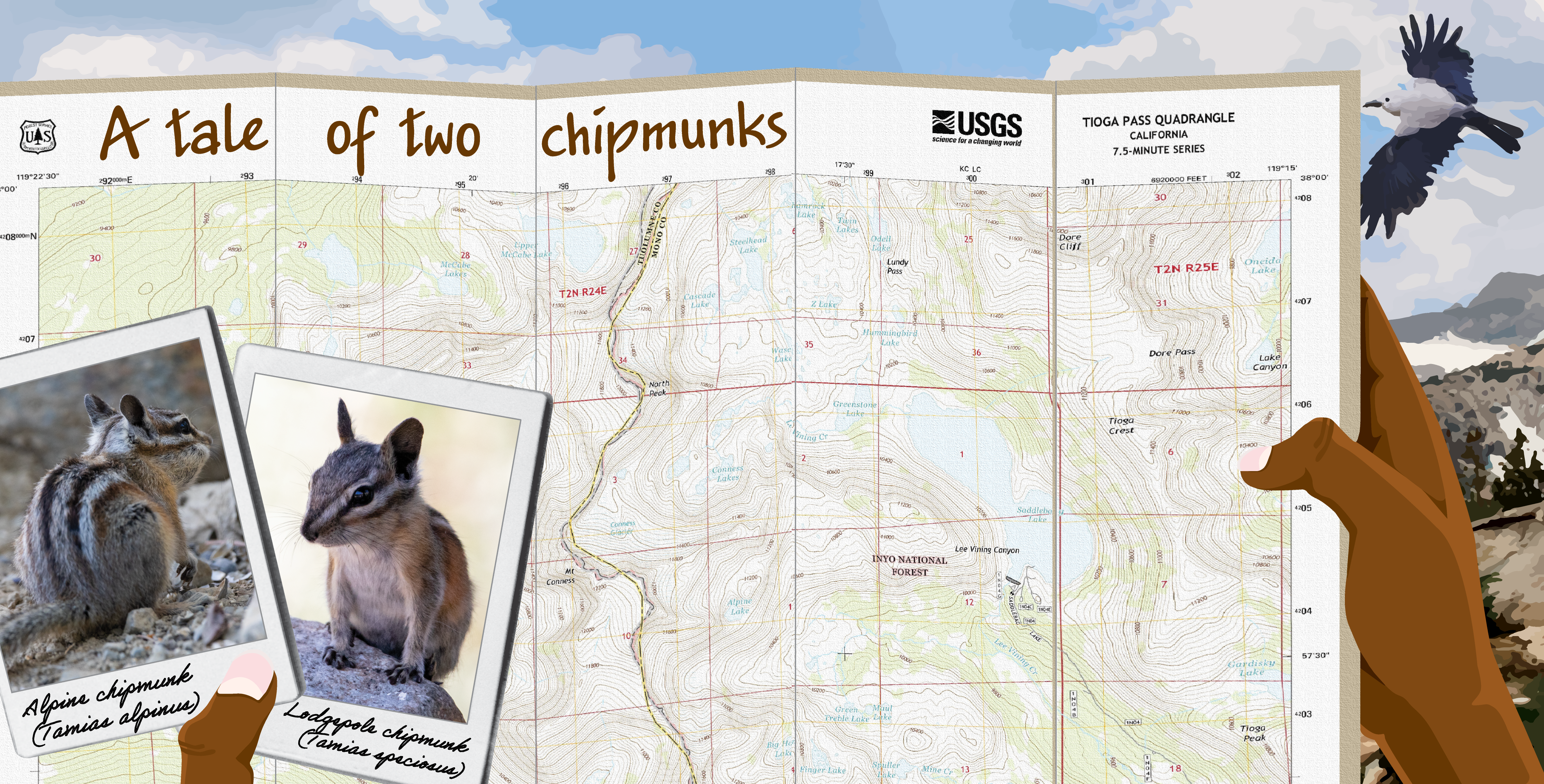
In the not-so-distant future, a fleet of small, leaping robots could make up an elite first responder unit, able to jump over obstacles in disaster zones too dangerous for canine and human teams to enter. To design such a high-flying robot, Duncan Haldane, a graduate student in the Biomimetic Millisystems Laboratory at UC Berkeley, studied the biomechanics of jumping animals in nature.
Haldane turned to the Galago monkey, better known as the bush baby, which is able to jump higher than any animal of comparable size. The Galago initiates a deep crouch before jumping, allowing it to store energy in the connections between tendon and muscle. The monkeys use that energy to rocket 7.5 feet in a single leap, roughly six times their height. The small creature can connect multiple jumps, allowing it to traverse the jungle canopy with ease.
The robot, named SALTO (saltatorial locomotion on terrain obstacles), mimics the strategy of the Galago and is able to jump an incredible 5.7 feet per second. Haldane and members of the Biomimetic Millisystems Lab employed an energy storage strategy similar to the Galago’s, outfitting SALTO with torsional elastic bands that allow it to store significantly more potential energy than previous designs. SALTO can also chain jumps together, allowing it to negotiate tall obstacles that would be impossible to clear in a single leap. In the future, Haldane hopes to outfit SALTO with systems that allow it to survey dangerous areas and automatically make decisions about how to jump to reach a desired location.
Featured image: At 100 grams (3.5 ounces) and 26 centimeters (10.2 inches), SALTO can jump up to 1 meter (3.3 feet).
This article is part of the Spring 2017 issue.
Notice something wrong?
Please report it here.



